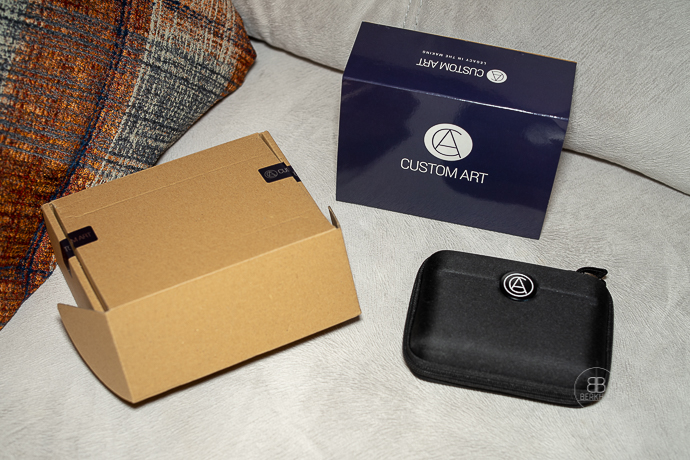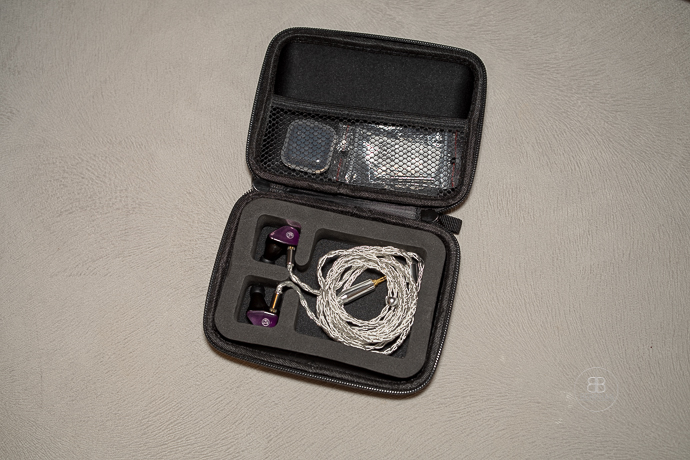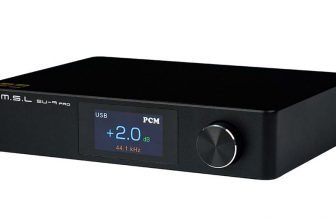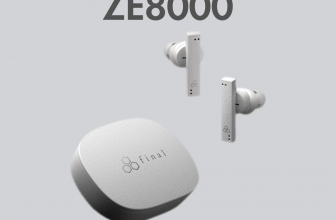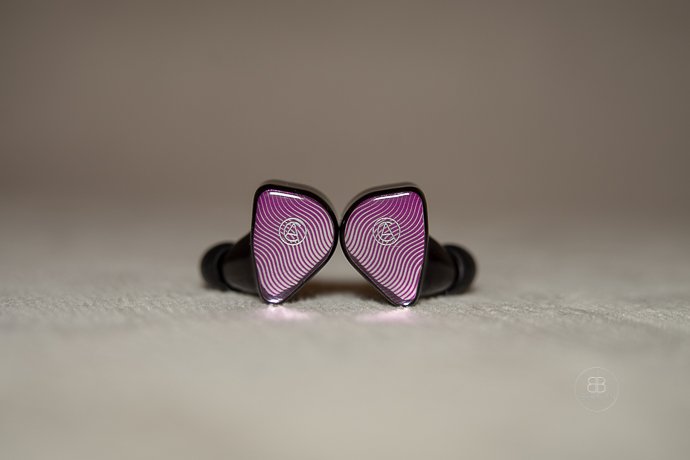
Today we’re checking out Custom Art’s newest creation: The Custom Art FIBAE 5 IEM. It’s priced at €1.000.
Disclaimer: The Custom Art FIBAE 5 was sent to us free of charge in exchange for our honest opinion in this review. The monitor is a universal one and doesn’t need to be returned.
About Custom Art
For those of you who are new to custom in-ear monitors, we’ll do a short intro: Custom Art is a Polish-based company that was founded in May 2012 by Piotr Granicki. Piotr was a reviewer at the time he started his own company and with the experience he had, he was convinced he could make great-sounding monitors.
Our Polish friends in the beginning probably were mostly known for their flagship model called “Harmony 8.2” but they have been really busy and with the FIBAE series and the successful Massdrop IEM, they have gotten very popular, very quickly. We’ve covered the original Harmony Pro, the Harmony 8.2 and several of the FIBAE IEMs of Custom Art’s product line-up.
When they first started Custom Art was only making custom in-ears, but now they offer both universals and customs.
What is FIBAE?
If you’re not familiar yet with the FIBAE system, keep reading. If you already know what it’s all about, go to the FIBAE 5 chapter below. (This part is taken from previous reviews).
FIBAE is the abbreviation of “Flat Impedance Balanced Armature Earphone” and it’s the world’s first In-Ear Monitor design providing flat impedance and phase. By changing the Balanced Armature driver character from inductive to resistive Custom Art solved one of the oldest problems in the industry – dependence on the output impedance of the sound source for correct earphone output. With FIBAE™ technology your earphones will always perform best from any DAP.
So basically it means that the FIBAE monitors in theory will sound almost the same no matter what DAP, phone or amplifier you use. You can find the full information on the FIBAE technology right here on CA’s page and there’s also a dedicated FIBAE thread on Head-Fi. Piotr tells us the following:
In early 2016 we stumbled across an interesting occurrence during work on IEM designs, which prompted us to investigate possible applications for In-Ear Monitoring. We discovered that our design resulted in nearly flat impedance and electrical phase plot of a Balanced Armature driver, reducing dramatically the load for audio amplifiers and providing a near-identical response (either frequency or CSD) when switching between sound sources with substantial difference in output impedance. At that moment FIBAE technology was born. In mid-2016 we filed for an international patent on our Flat Impedance driver.
FIBAE 5
The FIBAE product line-up has seriously been extended, and you nowadays have a FIBAE 3×3, FIBAE 4, FIBAE 6 and FIBAE 7 Unlimited. How impressive is that! The one we’re looking at today is the FIBAE 5, the new tribrid model of the FIBAE series.
Speaking of it, I reviewed the FIBAE 7 Unlimited model in June, below:
Custom Art FIBAE 7 Unlimited Review
The FIBAE 5 is available in both a universal and a custom version, the former being like our review sample. The FIBAE 5’s dedicated web page can be found here (custom version): https://thecustomart.com/fibae-5/
Here’s the page for the universal version: https://thecustomart.com/shop/universal-fit/fibae-5-universal-fit/
FIBAE 5 features 5 drivers with three different driver types, combining dynamic, balanced armature and planar technologies. With this model, CA attempted to have a visceral, bassy and meaty sound with much fun. We’ll talk about that very soon below.
We dedicate FIBAE 5 to audiophiles and enthusiasts, who like more colored sound, with a bit more bass quantity and who are eager to experience the newest technologies without compromising the sound quality.
Specs
– Single 10mm Dynamic Driver Sub-Low, Dual BA Mid, Single Planar High, Single Planar Super High
– Tribrid: Dynamic, Balanced Armature & Planar Magnetic Drivers
– Flat Impedance technology
– Pressure Optimizing Design
– 3D-printed waveguide
– 109 dB @1kHz @0.1V
– 10 Ohm @1kHz (+-2 Ohm 10Hz-20kHz)
– 10Hz-21000Hz (+-10dB into IEC 60318-4 coupler)
Page 2: Packaging, Build Quality & Comfort, Cable, Sound
Page 3: More on Sound Quality
Page 4: Comparisons & Conclusion
creditSource link

